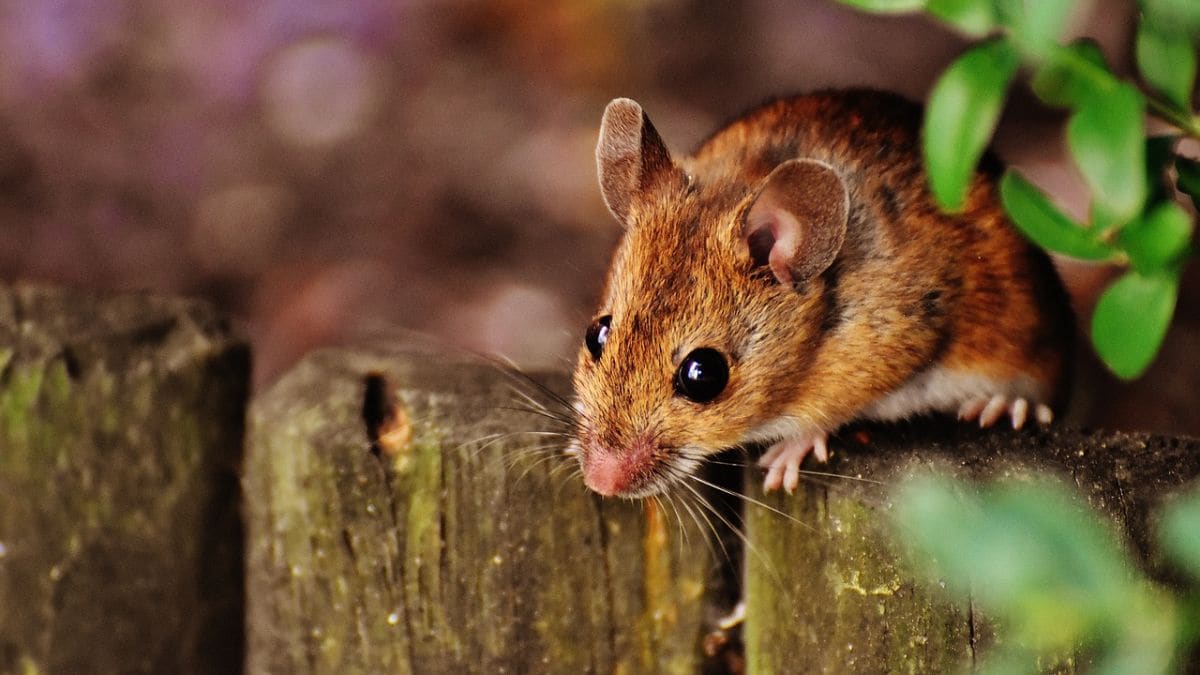

A major development in stem cell science has been achieved with the creation of a bi-paternal mouse, marking a significant step in reproductive biology. Scientists have successfully engineered a mouse with two male biological parents, which managed to survive into adulthood. This research, conducted by a team of stem cell experts, has addressed longstanding barriers in unisexual mammalian reproduction by modifying specific imprinting genes. The findings, which could have implications for regenerative medicine, highlight the challenges and potential future applications of the technology.
According to the study published in Cell Stem Cell, led by Wei Li of the Chinese Academy of Sciences (CAS), the team focused on overcoming imprinting-related challenges that previously prevented embryos with same-sex genetic origins from developing fully. Modifications were made to 20 imprinting genes using techniques such as frameshift mutations, gene deletions, and regulatory region edits. These changes allowed some bi-paternal embryos to survive to birth and, in rare cases, reach adulthood.
Co-corresponding author Qi Zhou of CAS explained to phys.org, that imprinting genes have been identified as a key obstacle in unisexual reproduction. Despite previous attempts using ovarian organoids derived from male stem cells, imprinting abnormalities caused severe developmental defects. By directly editing these genes, the research team improved embryonic viability and the stability of pluripotent stem cells.
As per reports, only 11.8 percent of the engineered embryos developed to birth, and those that survived exhibited developmental abnormalities, reduced lifespan, and sterility. Guan-Zheng Luo of Sun Yat-sen University, a co-corresponding author, stated that imprinting abnormalities have been confirmed as the primary factor preventing unisexual reproduction in mammals.
Despite the limitations, this approach has demonstrated the potential for refining stem cell-based therapies and improving cloning efficiency. Researchers plan to expand the study to larger mammals, though substantial challenges remain due to differences in imprinting gene patterns across species.
For the latest tech news and reviews, follow Gadgets 360 on X, Facebook, WhatsApp, Threads and Google News. For the latest videos on gadgets and tech, subscribe to our YouTube channel. If you want to know everything about top influencers, follow our in-house Who’sThat360 on Instagram and YouTube.
Nairobi, Oct 30 (IANS) Kenya's Tourism Regulatory Authority (TRA) said on Wednesday it will undertake…
The loss to India has all but pushed Pakistan out of their home Champions Trophy,…
Jeep is adding a limited edition of the Wrangler 4xe plug-in hybrid that adds capability…
Artificial Intelligence (AI), particularly large language models like GPT-4, has shown impressive performance on reasoning…
The Galaxy S25 and Galaxy S25+ are Samsung's all-new premium S-series smartphones in India. If…
India 244 for 4 (Kohli 100*, Iyer 56, Afridi 2-74) beat Pakistan 241 all out…